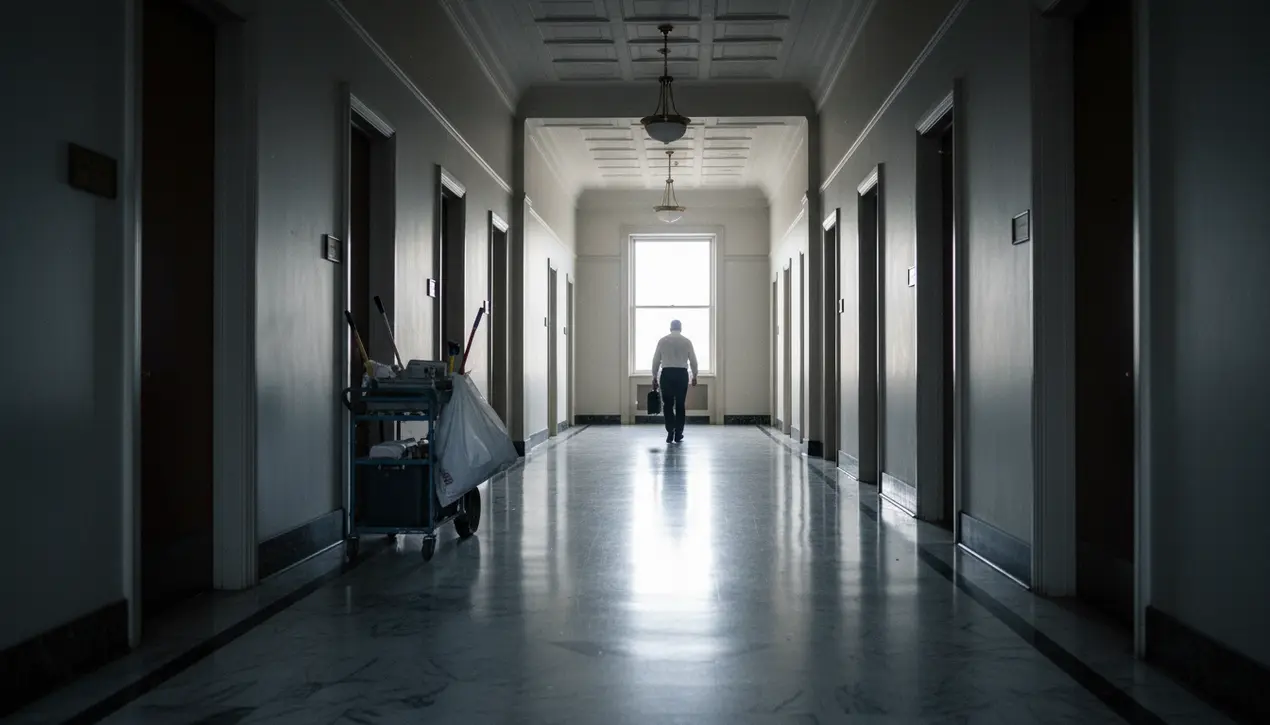
Politicsgovernments & cabinetsGovernment Formations
Record-long US government shutdown ends with minimal changes.
RO
Robert Hayes
2 hours ago7 min read1 comments
The record-long 43-day shutdown of the United States government has concluded, not with a decisive political victory but with a temporary and fragile truce that leaves the fundamental disputes entirely unresolved. Having passed both the Senate and the House, the bill to restore funding, which President Donald Trump is expected to sign, amounts to little more than a stopgap measure, extending operations only until January 30th and setting the stage for an almost immediate repeat of the same partisan brinksmanship.This protracted stalemate, the longest in American history, echoes the political intransigence of past decades but on a more perilous scale, exposing a governance system where shutdowns are becoming a normalized, rather than exceptional, tool of political negotiation. The minimal substantive changes achieved are stark: Democrats failed to secure their primary objective, an extension of key Affordable Care Act subsidies, a failure that will now translate directly into premium increases of roughly 30 percent for millions of Americans next year—a tangible cost of the political impasse.In the meager list of concessions, the prevention of layoffs for some 4,000 federal employees and a ban on further job cuts until the end of January offer scant relief to a workforce that has become a recurring pawn in these high-stakes games. More significantly, the full funding of the Supplemental Nutrition Assistance Program through September 2026 provides a measure of security for vulnerable households, yet as historical precedent from the 2013 and 2018-2019 shutdowns suggests, the Trump administration's active efforts to interrupt these benefits have likely inflicted lasting damage on public confidence in the social safety net itself, a strategic erosion that may have been a secondary goal.The mandate for full back pay for furloughed workers, while legally required, also came only after the administration had publicly floated the unprecedented and destabilizing idea of withholding it, a move reminiscent of historical tests of executive power that probe the limits of constitutional and statutory guardrails. The immediate aftermath will not be a simple return to normalcy; the Federal Aviation Administration's flight reductions, which peaked at 6 percent, will continue to scramble air travel for days, a visible reminder of the shutdown's cascading effects on critical infrastructure and public safety.Analysts observing this pattern might draw a parallel to the British parliamentary crises of the 19th century, where prolonged deadlock often led not to resolution but to a gradual weakening of institutional authority. The central takeaway from this 43-day ordeal is that the American political system is now operating in a cycle of perpetual crisis, where short-term funding patches have replaced annual budgeting, and the machinery of government is repeatedly used as a hostage. The January 30th deadline looms not as a solution but as a mere intermission, promising another round of the same political theater, with the health of the economy and the well-being of citizens once again held in the balance.
#government shutdown
#federal workers
#SNAP benefits
#back pay
#air travel delays
#featured
Stay Informed. Act Smarter.
Get weekly highlights, major headlines, and expert insights — then put your knowledge to work in our live prediction markets.
Comments
Loading comments...
© 2025 Outpoll Service LTD. All rights reserved.